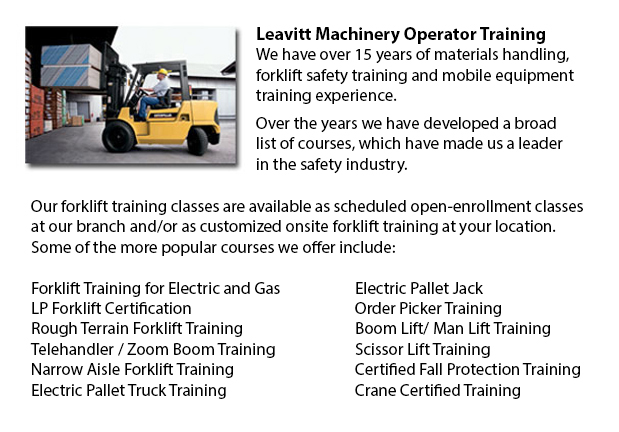
Aerial lift trucks can be used to accomplish several unique duties performed in hard to reach aerial spaces. A few of the tasks associated with this kind of lift include performing routine upkeep on buildings with elevated ceilings, repairing phone and utility lines, lifting burdensome shelving units, and pruning tree branches. A ladder might also be used for some of the aforementioned jobs, although aerial hoists offer more security and strength when properly used.
There are a handful of distinctive versions of aerial hoists accessible, each being able to perform slightly different jobs. Painters will sometimes use a scissor lift platform, which is able to be used to get in touch with the 2nd story of buildings. The scissor aerial jacks use criss-cross braces to stretch out and extend upwards. There is a platform attached to the top of the braces that rises simultaneously as the criss-cross braces elevate.
Cherry pickers and bucket trucks are a further variety of the aerial lift. Usually, they contain a bucket at the end of a long arm and as the arm unfolds, the attached bucket platform rises. Lift trucks use a pronged arm that rises upwards as the lever is moved. Boom hoists have a hydraulic arm that extends outward and lifts the platform. Every one of these aerial lift trucks call for special training to operate.
Through the Occupational Safety & Health Association, also called OSHA, instruction courses are offered to help make sure the workers meet occupational values for safety, machine operation, inspection and maintenance and machine weight capacities. Workforce receive qualifications upon completion of the lessons and only OSHA certified workers should drive aerial lifts. The Occupational Safety & Health Organization has developed rules to maintain safety and prevent injury when utilizing aerial hoists. Common sense rules such as not utilizing this piece of equipment to give rides and making sure all tires on aerial platform lifts are braced in order to prevent machine tipping are referred to within the rules.
Sadly, statistics show that more than 20 operators die each year when working with aerial platform lifts and 8% of those are commercial painters. The majority of these incidents are due to improper tire bracing and the hoist falling over; therefore several of these deaths had been preventable. Operators should ensure that all wheels are locked and braces as a critical security precaution to stop the machine from toppling over.
Other guidelines include marking the encircling area of the machine in an observable manner to protect passers-by and to guarantee they do not approach too close to the operating machine. It is crucial to ensure that there are also 10 feet of clearance amid any electrical cables and the aerial lift. Operators of this apparatus are also highly recommended to always wear the appropriate safety harness while up in the air.
-
Toyota Forklift
Ever since 1992, Toyota Material Handling inc., U.S.A., also referred to as TMHU, have been the top selling lift truck provider in the United States. This company has been based out of Irvine, California for well over 40 years, providing a comprehens... More -
Nissan Forklift
Nissan Motor Co. Ltd prides itself on achieving total consumer fulfillment when enjoying one of their car, truck or forklift products. They are fully committed to delivering high value and meticulous quality values to their customers. Incorporating a... More -
Terex Forklift
Terex Forklifts takes great pleasure in producing quality equipment that helps improve their customers' efficiency while standing by their mission to provide a cost effective yet consistent product line. Through several divestures and acquisitions de... More -
Genie Forklift
Genie is a globally established corporation that enjoys the spirit of partnership with their extensive network of allied consumers. Genie Industries prides itself on the image of bringing materials and people higher and extending beyond the products... More -
Doosan Forklift
Doosan Infracore Company Ltd. is an international company consisting of Diesel Engines, Defense Industry goods, Industrial Vehicles, Construction Technologies and Machine Instruments and Mechanization Systems. Their United States partner, Doosan... More

Forklift Training Edmonton
crossorigin="anonymous">
TOLL FREE: 1-888-254-6157
Edmonton, Alberta
forklifttrainingedmonton.com
Email Us
About Us


